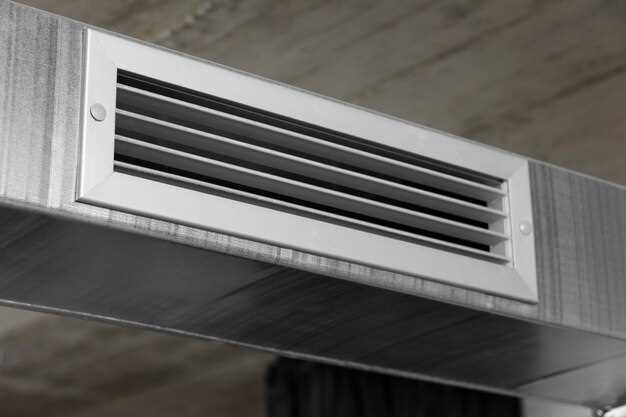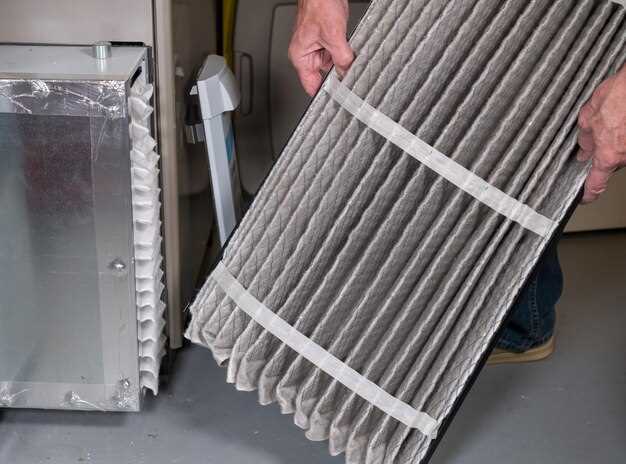
In environments where dirt and dust are prevalent, maintaining the performance of machinery and engines becomes a critical concern. Upgrading air filters is not just a matter of compliance; it is essential for ensuring optimal engine performance and longevity. In areas with high dust concentrations, standard air filters may not provide adequate protection, leading to potential damage and decreased efficiency.
The primary function of an air filter is to prevent dust and debris from entering the engine, which can cause wear and tear over time. As the dust accumulates, it can clog the filter, reducing airflow and straining the engine. This can result in decreased power, increased fuel consumption, and ultimately, costly repairs. Therefore, ensuring that the air filtration system is robust and suited for dusty environments is vital for engine health.
When considering an upgrade, it is important to choose filters that offer superior protection against fine particles. High-efficiency air filters, such as HEPA or specialized particulate filters, can significantly enhance the filtration process, capturing even the smallest dust particles that might otherwise compromise engine performance. By investing in quality air filters, operators can prolong the life of their equipment and maintain optimal functionality in challenging conditions.
Selecting the Right Filter for Harsh Conditions
When operating in dusty environments, the choice of air filter is crucial to the performance and longevity of any engine. A standard filter may not provide adequate protection against the fine particles that can infiltrate engine components and cause damage. Selecting a filter specifically designed for harsh conditions is essential for maintaining optimal engine efficiency.
Filters designed for swirling dust utilize advanced filtration technologies that can capture smaller particles that traditional filters might miss. When choosing a filter, consider the MERV rating (Minimum Efficiency Reporting Value), which indicates the filter’s ability to trap particles of varying sizes. For dusty environments, a higher MERV rating is often beneficial, as it offers superior filtration but should also be balanced with airflow requirements.
In addition to MERV ratings, look for filters with pleated media which increases surface area and enhances dust-holding capacity. This design helps prevent clogging, ensuring that airflow remains steady and the engine does not struggle under such strenuous conditions. Another key feature is the durability of the filter material; synthetic fibers or reinforced structures can withstand harsher conditions and extend the filter’s service life.
Regular maintenance is also critical. Even the best filters require timely replacement, especially in environments with high dust concentrations. Monitoring the filter’s condition will help you determine the optimal replacement schedule, thereby preventing engine performance decline due to blocked airflow.
In conclusion, selecting the right filter for dusty conditions involves evaluating factors such as MERV ratings, filter design, and material durability. By investing in a high-quality filter tailored for harsh environments, you can protect your engine from potential damage caused by dust intrusion, ensuring reliable performance over time.
Maintenance Tips for Optimal Engine Protection

Ensuring optimal engine protection in dusty environments requires diligent maintenance of your air filter. The filter plays a critical role in preventing dust and debris from entering the engine, which can lead to severe damage over time.
Regular Inspection: Conduct routine inspections of the air filter to assess its condition. Look for signs of excessive dust accumulation or damage. A clogged filter can hinder airflow, reducing engine efficiency and performance.
Periodic Replacement: Depending on the level of dust exposure, consider replacing the air filter more frequently than recommended intervals. In dusty areas, filters can become saturated quickly, compromising protection.
Clean Filters: If you use a reusable air filter, clean it regularly according to manufacturer guidelines. Use the appropriate cleaning solutions and techniques to ensure it remains effective against dust without causing damage.
Sealing and Installation: Ensure that the air filter is correctly installed and sealed. Gaps or improper fittings can allow dust to bypass the filter, leading to potential engine wear and protective failure.
Monitor Engine Performance: Keep an eye on your vehicle’s performance indicators. A drop in power, increased fuel consumption, or unusual noises may signal that your air filter needs attention.
Implementing these maintenance tips will significantly enhance engine protection, ensuring durability and optimal performance in dusty environments.
Understanding Dust Filter Ratings and Their Impact

Dust filter ratings are critical indicators of a filter’s efficiency in capturing airborne particles, particularly in environments plagued by high dust levels. These ratings, often defined by industry standards, help users select the appropriate filter for effective protection. Understanding these ratings can guide the choice of filter based on specific environmental conditions and desired air quality.
Filters are typically rated based on their Minimum Efficiency Reporting Value (MERV) or similar standards like HEPA (High-Efficiency Particulate Air) ratings. A higher MERV rating signifies better performance in trapping smaller dust particles. For instance, filters with MERV ratings between 8 and 13 can effectively capture larger dust particles, while those with ratings above 13 are capable of trapping very fine particles, making them ideal for extremely dusty environments.
The impact of using correctly rated filters is significant. In dusty environments, poor filtration can lead to a buildup of dust, diminishing air quality and potentially causing respiratory issues. By investing in high-quality filters, one can ensure substantial dust protection, which ultimately contributes to a cleaner and healthier atmosphere. This investment not only aids in maintaining equipment but also improves overall comfort and well-being in indoor spaces.
Regularly assessing dust filter ratings and replacing filters as recommended ensures optimal performance. Filters that are allowed to accumulate dust may become less effective, leading to increased health risks and diminished protection. Understanding these factors is essential for anyone looking to enhance air quality in dusty environments.





